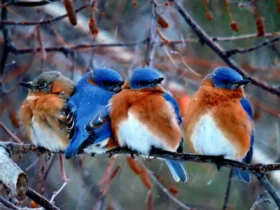In the lush and vibrant forests of Southeast Asia, a dazzling jewel of the avian world flits through the undergrowth with unparalleled beauty—the Blue Pitta (Hydrornis cyaneus). This captivating and elusive bird species is renowned for its stunning blue plumage and enchanting songs. Revered by birdwatchers and nature enthusiasts, the Blue Pitta holds a special place in the hearts of those fortunate enough to catch a glimpse of its ethereal beauty. In this article, we delve into the captivating world of the Blue Pitta, exploring its appearance, behavior, and significance in the biodiversity-rich habitats it calls home.
Blue Pitta images

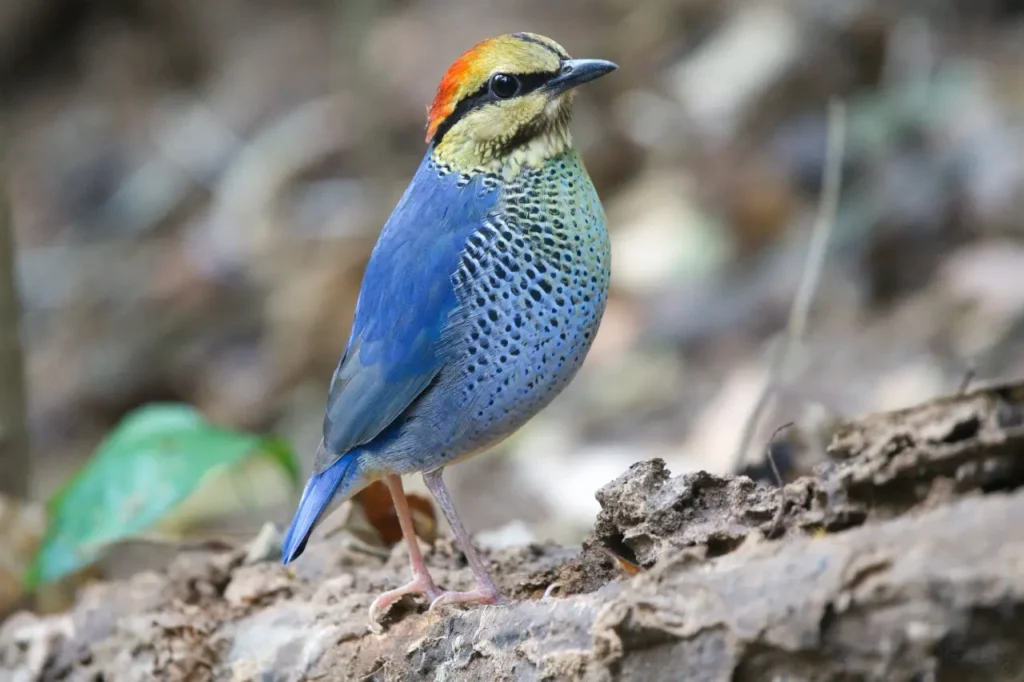
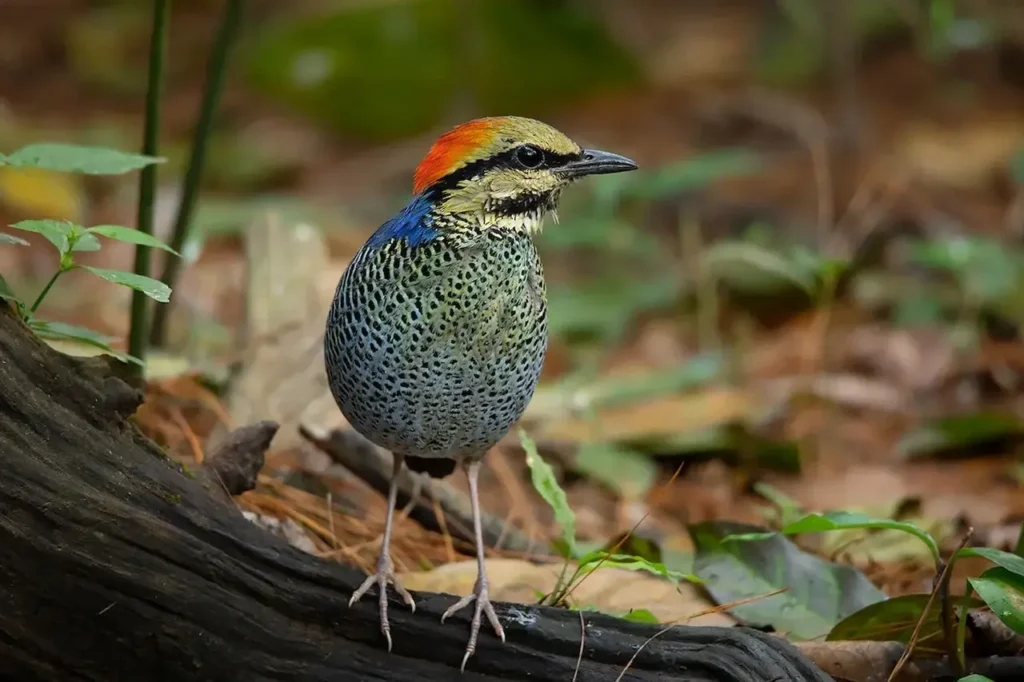
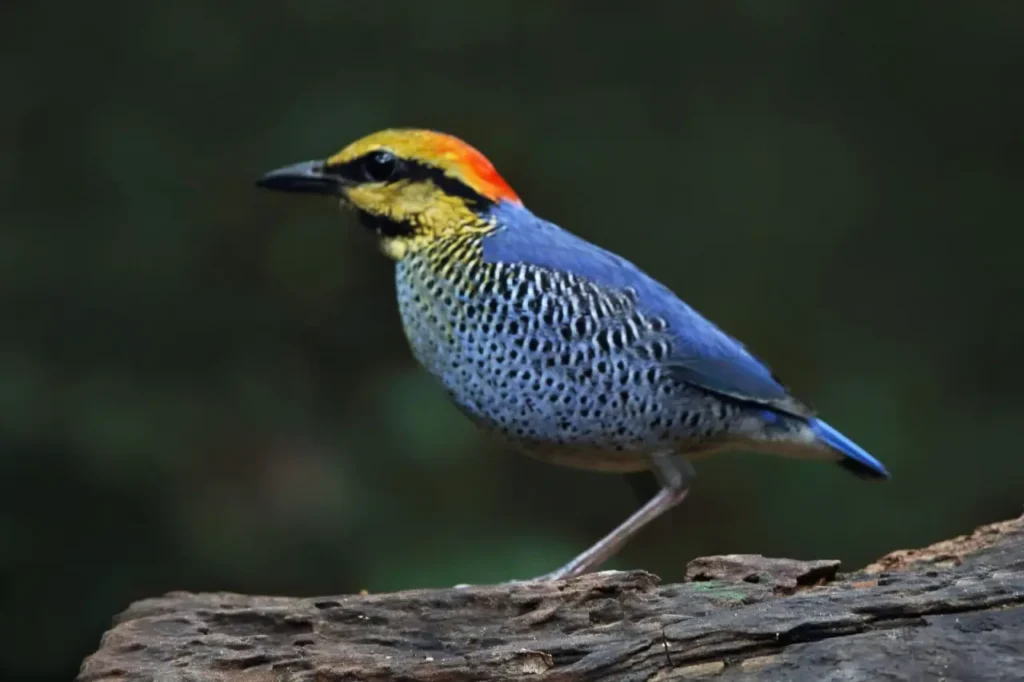
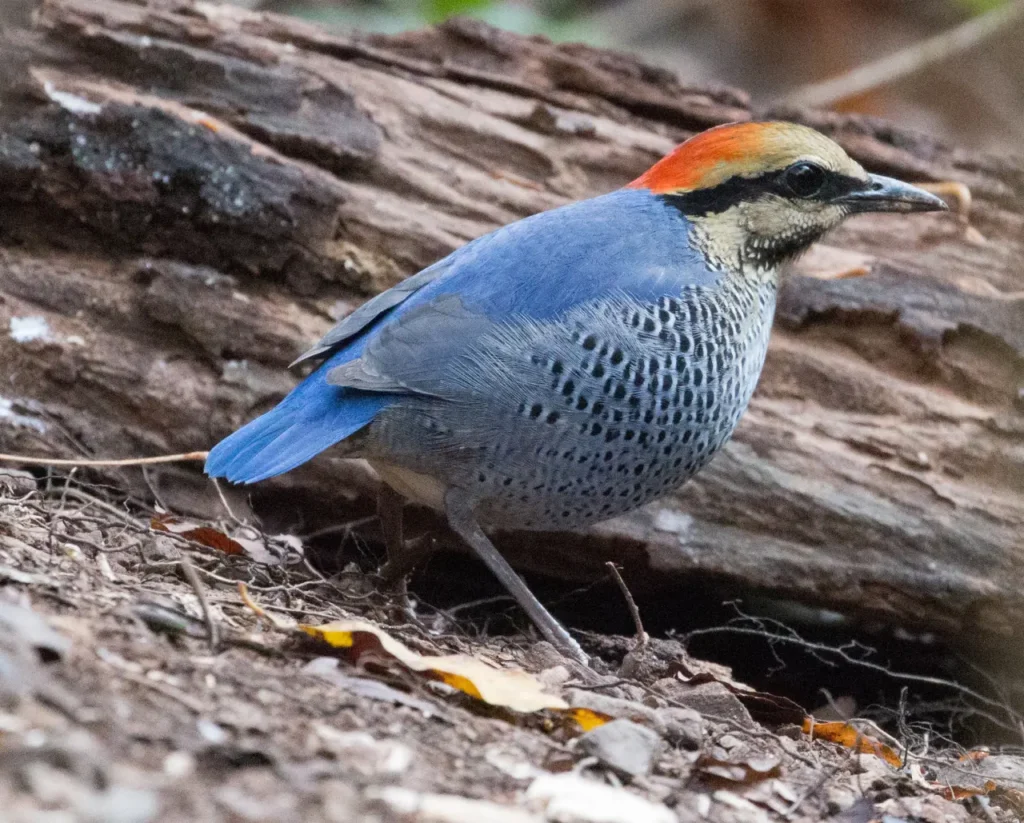

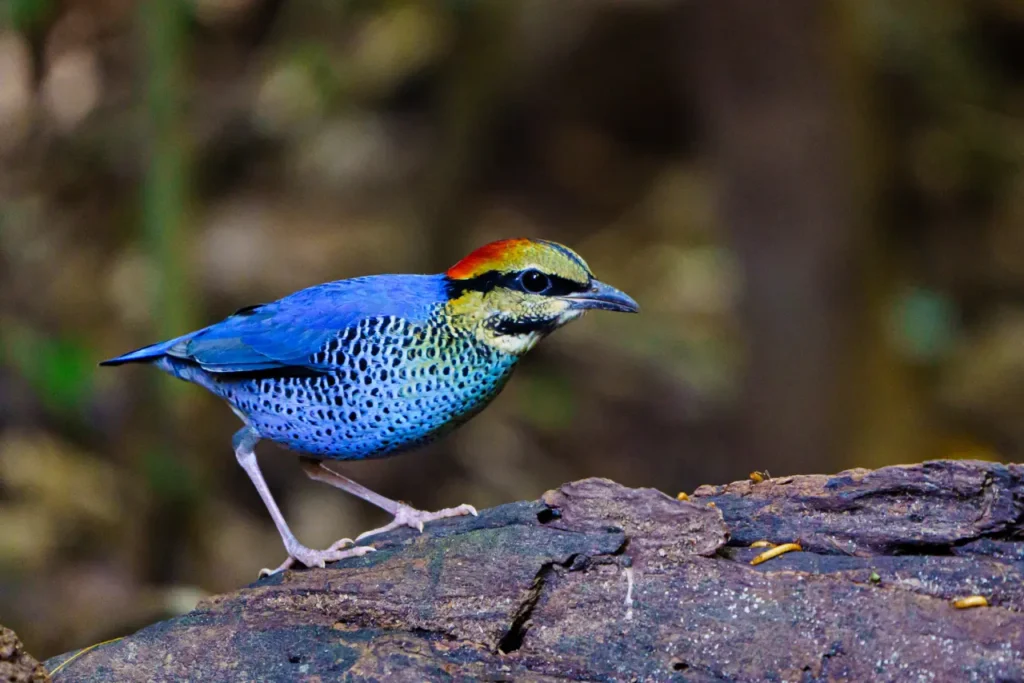
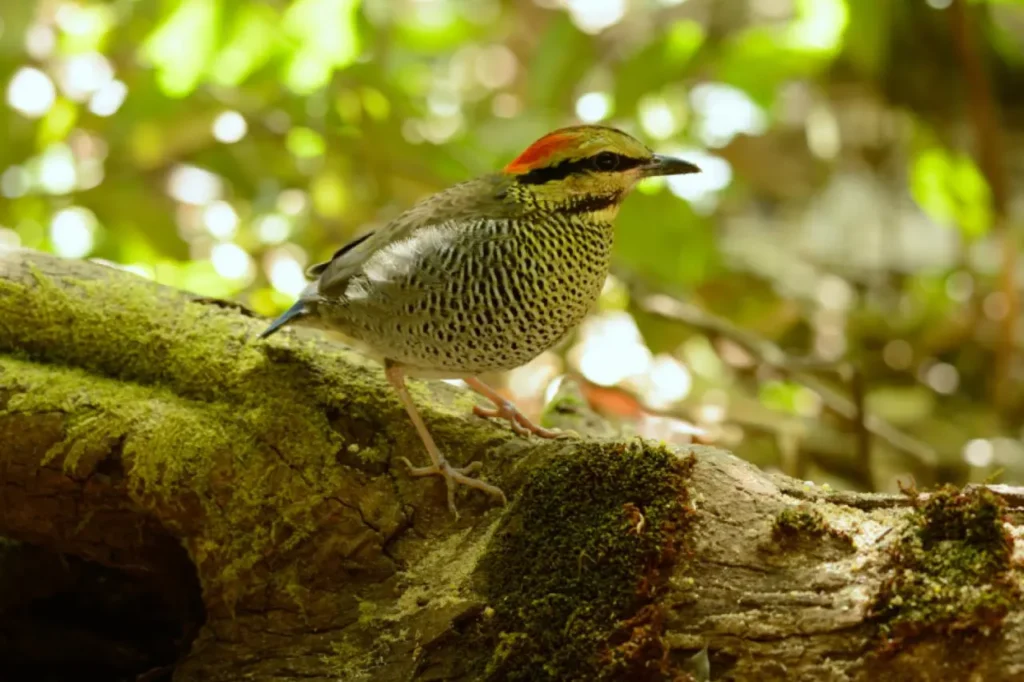


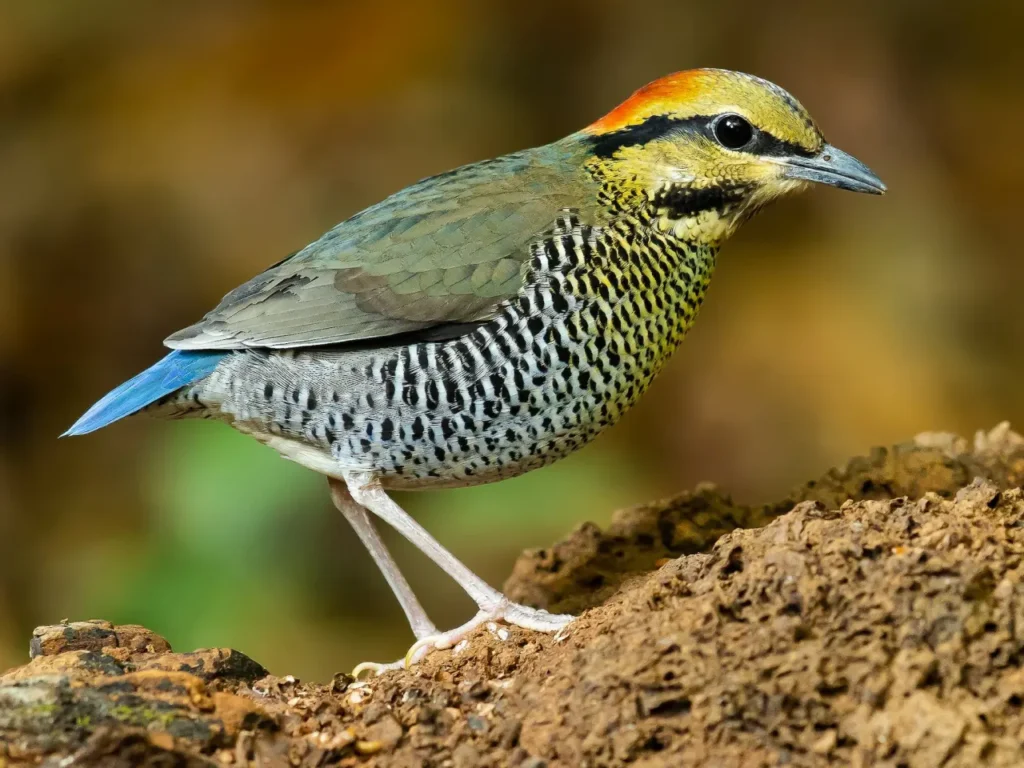
Appearance and Plumage
The Blue Pitta is a medium-sized bird, measuring around 20 centimeters (8 inches) in length. Its most striking feature is its radiant blue plumage, which graces its head, wings, and back. The intensity of the blue hues can vary, with some individuals displaying a deeper cobalt shade than others. The breast and belly of the Blue Pitta are adorned with a rich orange color, beautifully contrasting with the blue tones. Additionally, its eyes are a distinctive red, adding to its mesmerizing allure.
Behavior and Habitat
The Blue Pitta is an elusive bird, preferring the cover of dense forests and undergrowth where it can hide from predators and human observation. It is primarily found in lowland rainforests and tropical evergreen forests across Southeast Asia, including countries such as Thailand, Malaysia, Indonesia, and the Philippines.
Despite its shy and secretive nature, the Blue Pitta is known for its enchanting songs. During the breeding season, the male serenades potential mates with a series of melodious whistles and trills, often echoing through the forest understory.
Diet and Foraging
The Blue Pitta’s diet consists mainly of insects, small invertebrates, and occasionally fruits and berries. It forages primarily on the forest floor, using its sharp bill to probe the leaf litter and undergrowth for hidden prey. With its nimble and agile movements, it captures insects with precision, showcasing its prowess as an adept hunter in its dense forest habitat.
Reproduction and Nesting
Little is known about the specific breeding behavior and nesting habits of the Blue Pitta due to its secretive nature. However, it is believed that the bird constructs its nest on the ground, well-hidden among the forest debris and vegetation. The female is likely responsible for incubating the eggs, while both parents share in the responsibility of feeding and caring for the chicks once they hatch.
Conservation Status
The Blue Pitta is classified as a species of Least Concern on the International Union for Conservation of Nature (IUCN) Red List, indicating that its population is stable. However, due to its preference for dense and intact forest habitats, the bird may be vulnerable to habitat loss and fragmentation. Forest degradation and deforestation for agricultural purposes and urban development pose significant threats to its natural habitat.
Conservation efforts are essential to protect the Blue Pitta and its fellow forest inhabitants. Initiatives such as creating and maintaining protected areas, promoting sustainable forest management, and raising awareness about the importance of preserving these biodiverse ecosystems are crucial steps toward safeguarding the future of the Blue Pitta and other vulnerable species.
The Blue Pitta stands as a testament to the awe-inspiring diversity and beauty of the avian world. With its brilliant blue plumage, melodious songs, and elusive nature, this jewel of the forest enchants all who are fortunate enough to encounter it in its natural habitat. As we continue to explore and appreciate the enchanting allure of the Blue Pitta, let us also recognize the importance of protecting and preserving the biodiverse ecosystems that these magnificent birds call home. By safeguarding their habitats, we ensure that the Blue Pitta and other avian treasures continue to grace the forests with their ethereal beauty for generations to come.
